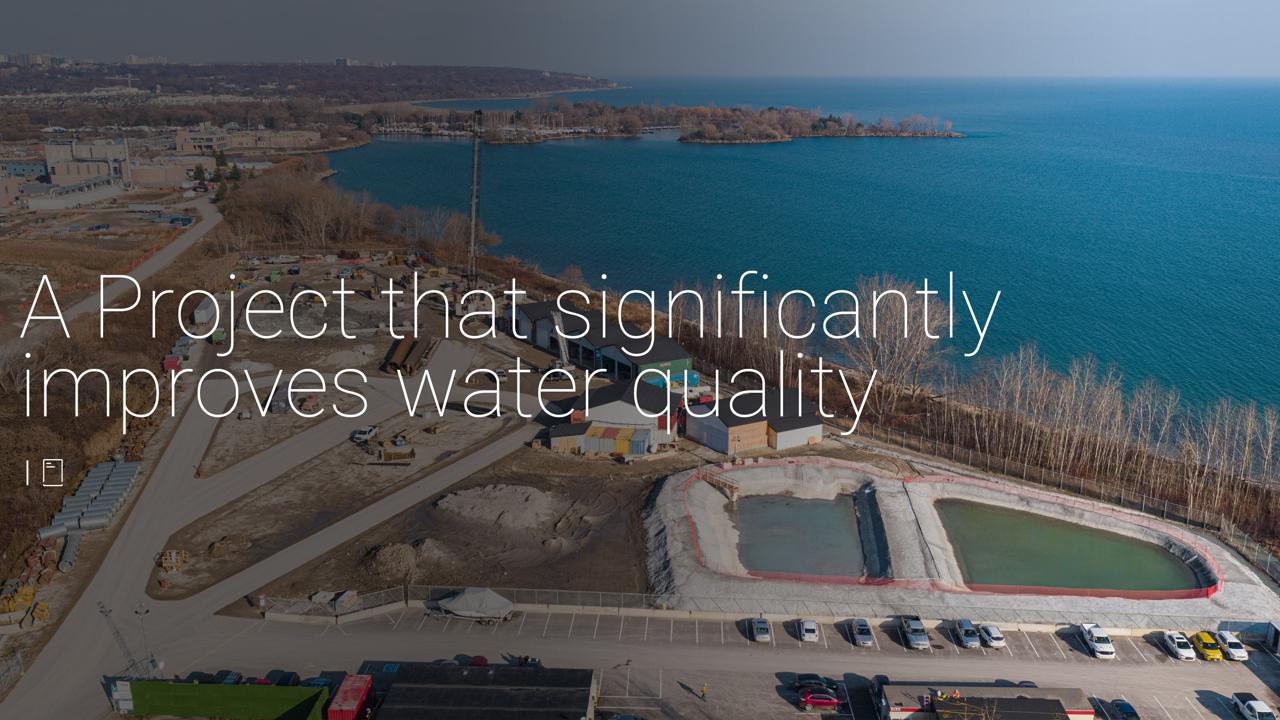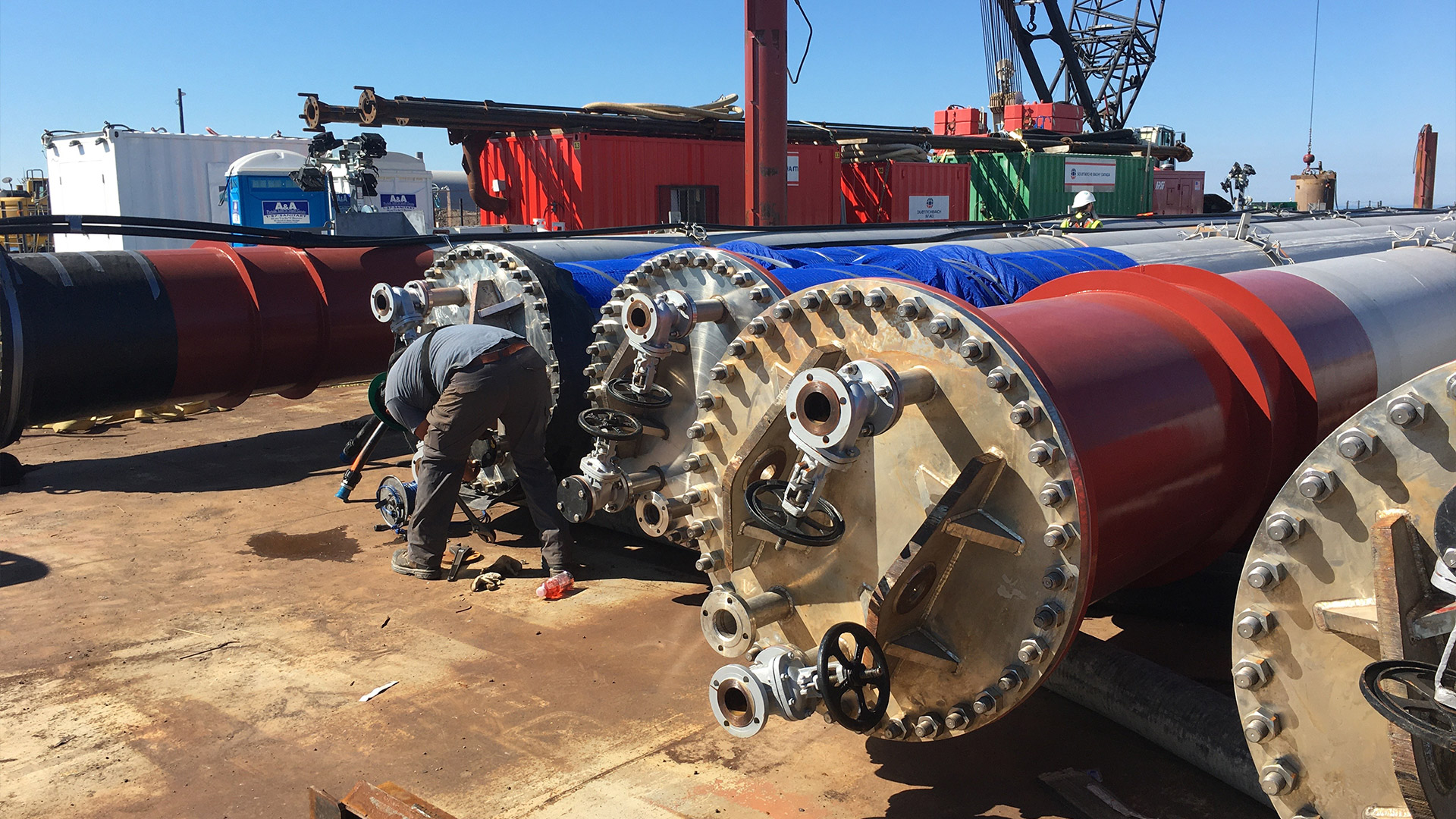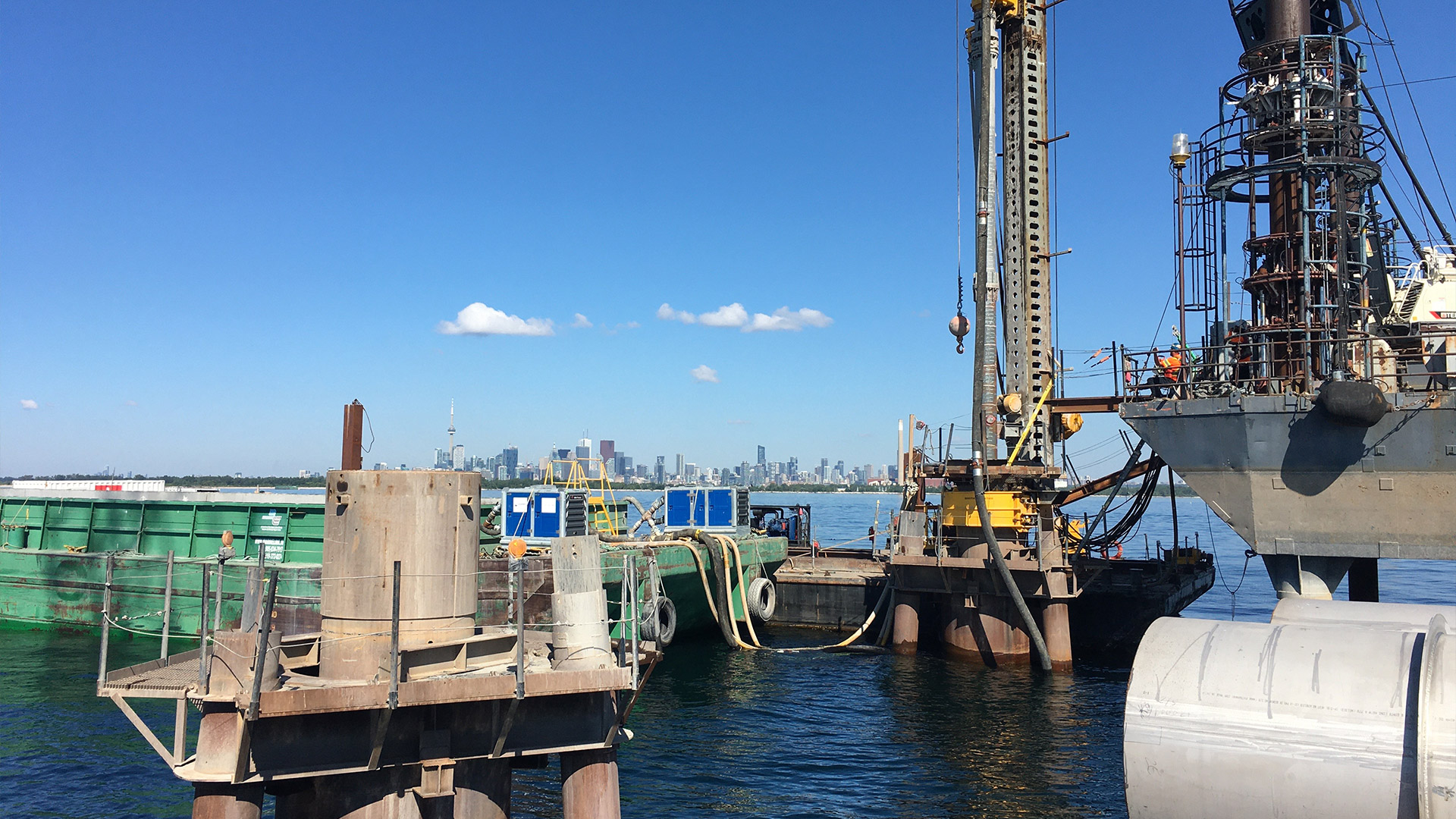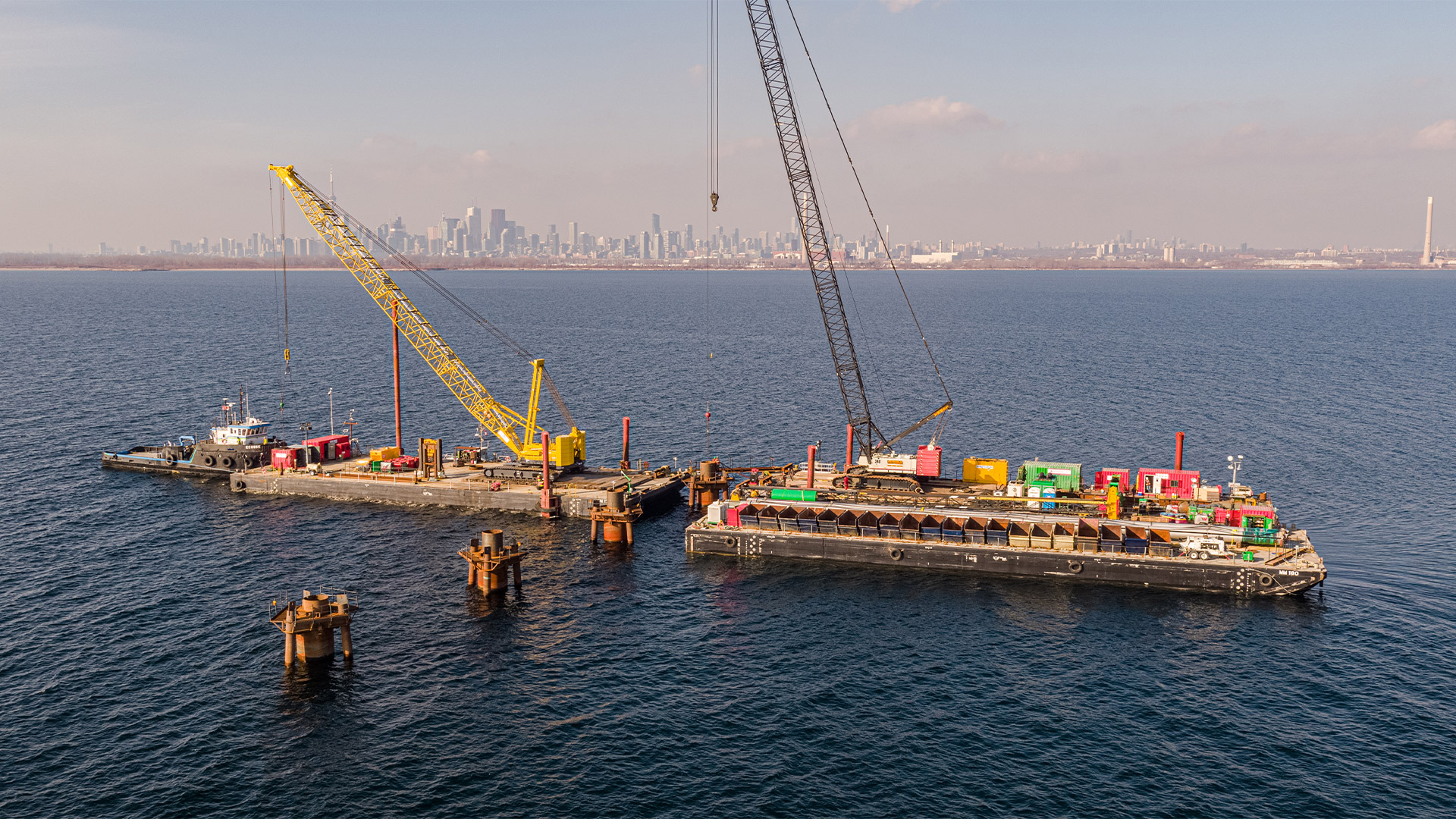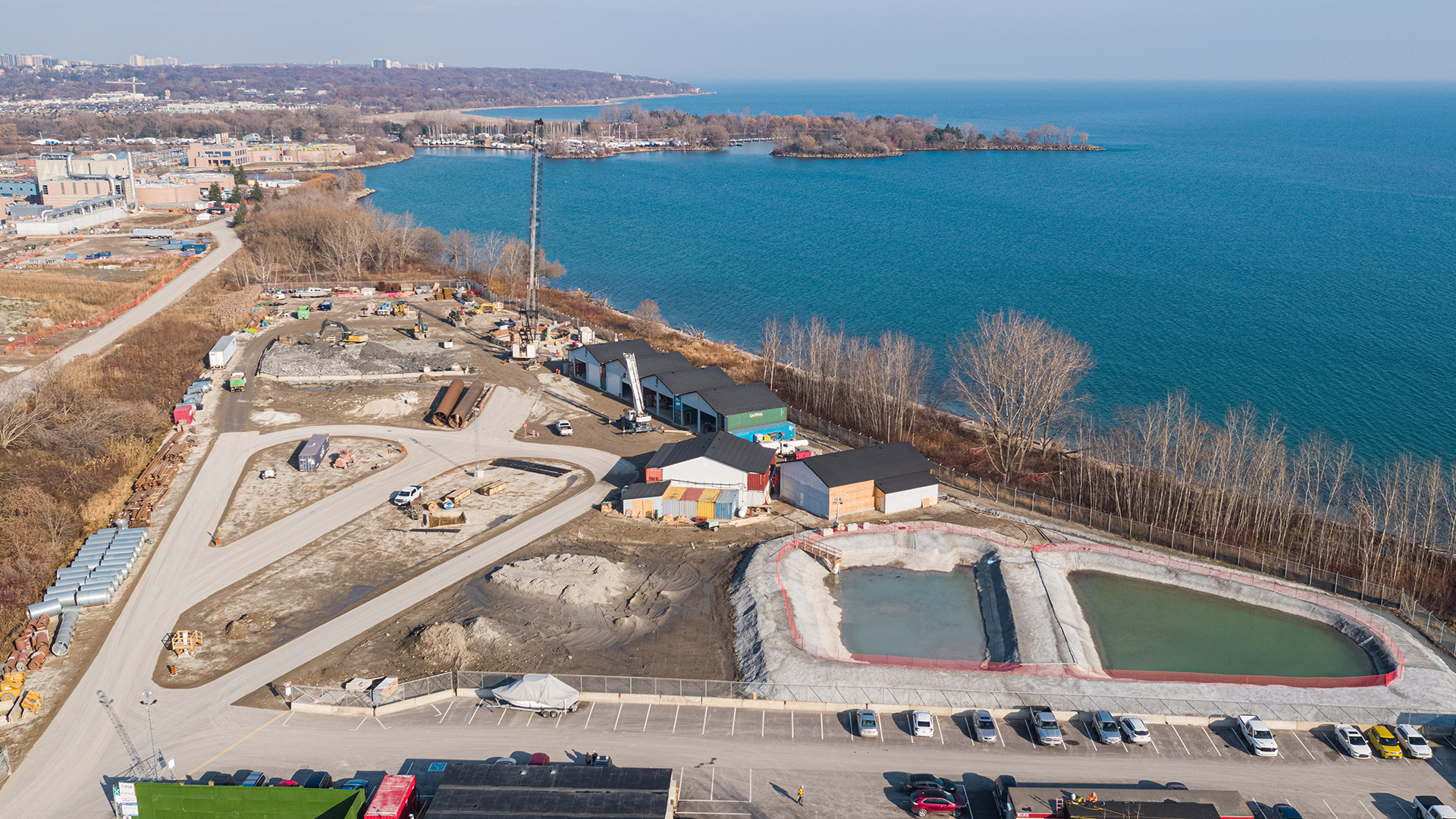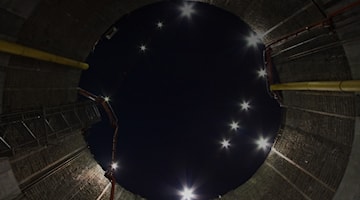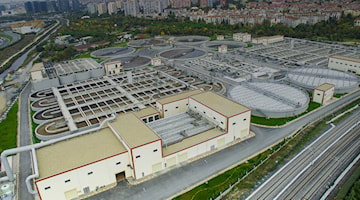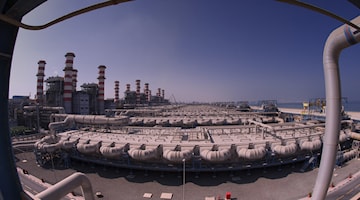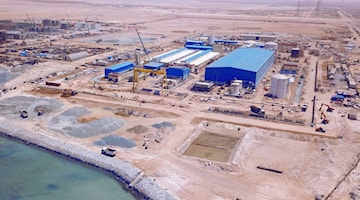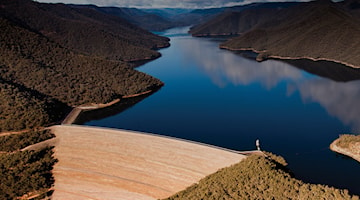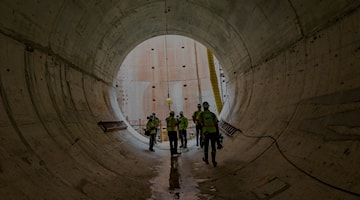Infrastructure can be a friend to the ecosystem
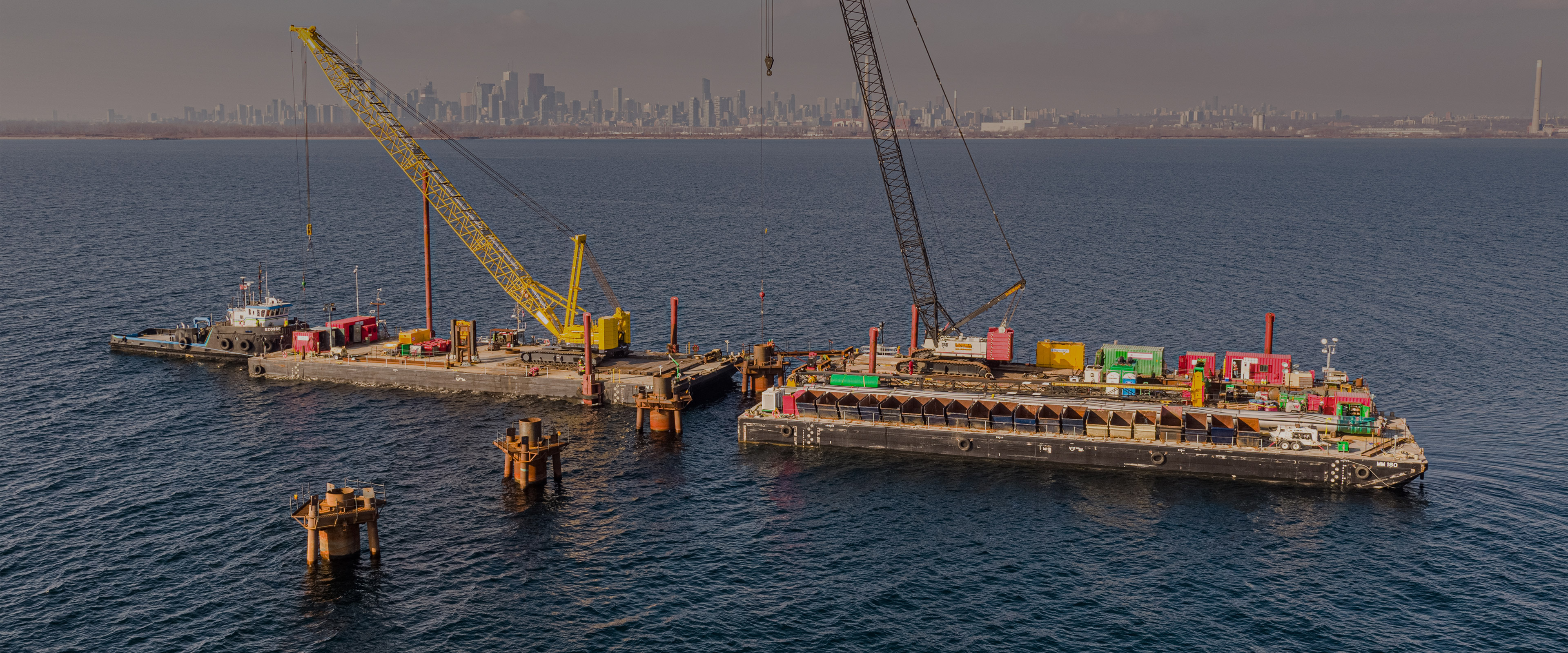
ASHBRIDGES BAY TREATMENT PLANT OUTFALL, CANADA
Covering an area of 630 square kilometres in the Great Lakes region and overlooking 46 kilometres of Lake Ontario, Toronto is Canada's economic engine and a constantly growing multicultural metropolis with approximately 3 million inhabitants.
Lake Ontario, of glacial origin, is the fourteenth largest lake in the world, with an area of 19,529 square kilometres and 1,146 kilometres of shoreline. It is an extraordinary ecosystem that hosts speciesin its waters such as walleye, whitefish, rainbow trout, Coho and Chinook salmon and lake sturgeons. On land, there are beaches, dunes, forests, islands, wetlands, and a watershed in which 11 million people live, of whom 9 million are in Canadian territory and 2 million in the United States..
The Ashbridges Bay Treatment Plant Outfall, a new tunnel to release treated wastewater into Lake Ontario, now fits into this beautiful backdrop. It is currently the largest water quality improvement plant in Toronto. The project, launched in 2019, involved constructing an 85-metre-deep (16-metre in diameter) drainage well next to the coast and a 3.5 km long tunnel (7 metres in diameter) excavated at the bottom of the well and in the rock beneath the lakebed. A new channel will carry the treated water from the plant to the well and tunnel, releasing it into the lake through diffusers and 50 risers.
Excavation are proceeding at a rate of 47 metres per day, with a total removal of 212,478 cubic metres of open pit excavation and 538,510 cubic metres of underground excavation, using 49,465 cubic metres of concrete.
Built to replace the old tunnel, constructed in 1947 and among the oldest in Canada, the new plant serves 1.39 million people and increases discharge capacity by 23% (an additional 3,923 megalitres daily). This led to a series of city projects undertaken since 2020 to prevent combined sewer overflows. The new UV light-based system allows wastewater to be treated without chemicals and with greater energy efficiency than the previous chlorine-based disinfection system.
The area around the plant has become an extensive park, helping to improve the city's shoreline, beaches, and the water quality of Lake Ontario.

THE WORK AND THE TECNIQUE
M³ OPEN AIR EXCAVATIONS
M³ UNDERGROUND EXCAVATIONS
M³ CONCRETE
City of Toronto - Purchasing and Materials Management Division
SAJV, a joint venture between Southland (70%) and the Webuild Group (30%)
Operations for the Ashbridges Bay Treatment Plant Outfall project primarily involve constructing the massive tunnel excavated at the bottom of the shaft and through the rock beneath the lakebed; in addition, a significant number of operations will be carried out both onshore and offshore in the lake itself.

CULTURAL INSIGHTS


A Project that significantly improves water quality
The Ontario Lake is the smallest (measuring only 18,960 km2) but the most polluted of the famous five 'Great Lakes' between the Canadian and US coasts (the cumulative surface of which is equal to 244,000 km2, 4/5 that of Italy). For this reason, Ashbridges Bay Treatment Plant Outfall represents the most challenging and significant water quality improvement project ever carried out in Toronto, and at the urban level, in all of Canada.
The quality of fresh water and water reserves is an essential factor for the sustainability of Canadian development: population growth, anthropic pressure, intensive agriculture (Canada has the largest average farm size in the world), and industrial development all certainly have significant effects. Consider that the vast majority of freshwater withdrawal in Canada is attributable to thermal power generation (equaling 66.56% of total consumption) and manufacturing (11.76%), a significanty percentage with few equals in the world.
Therefore, monitoring the quality of water resources takes on a strategic value: the areas with the greatest presence of pollutants are high-density population centres and industrial ones. Toronto falls into this category. Several areas of the city have an excessive concentration of polluting elements because of poor overall water quality.







